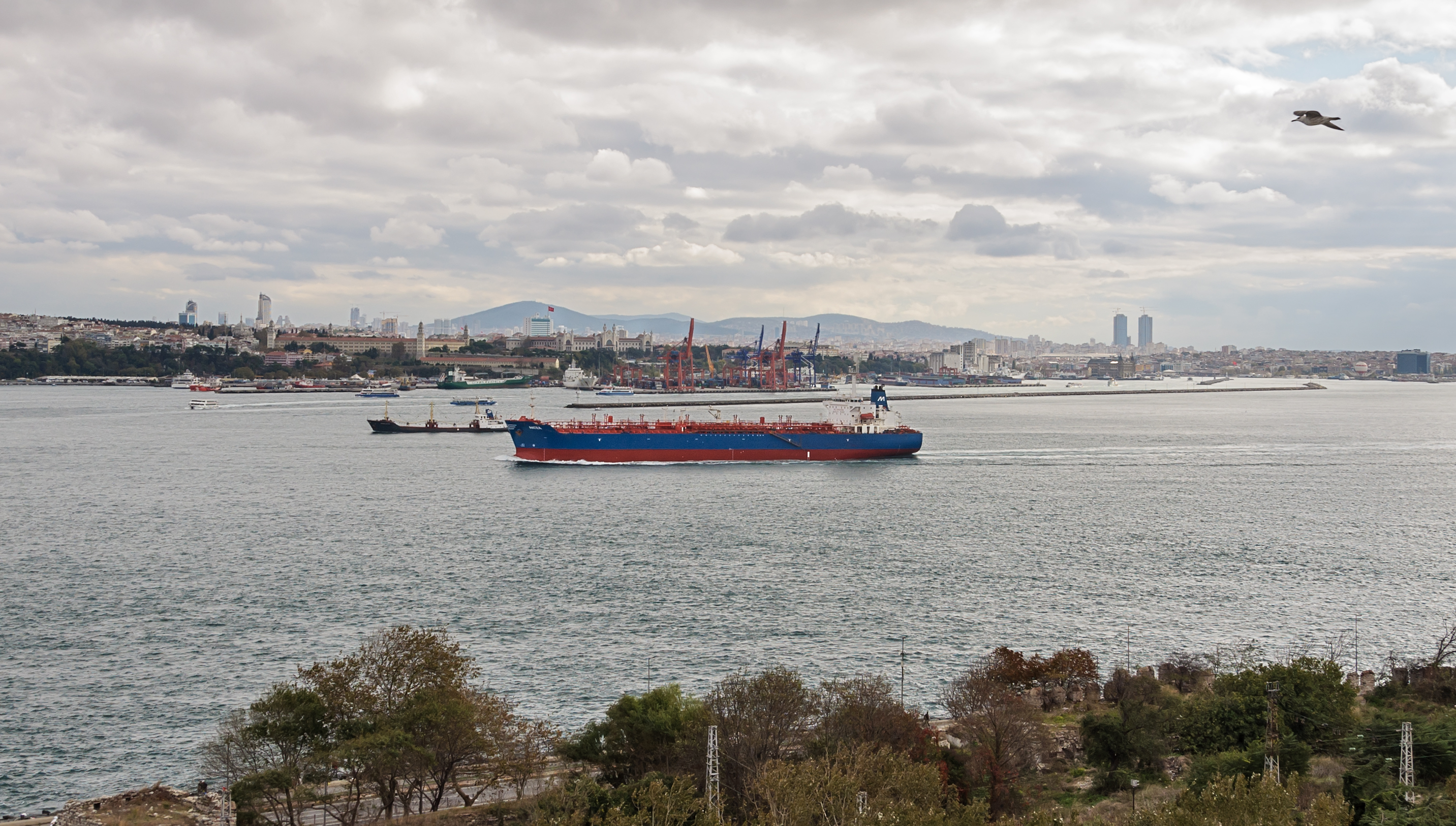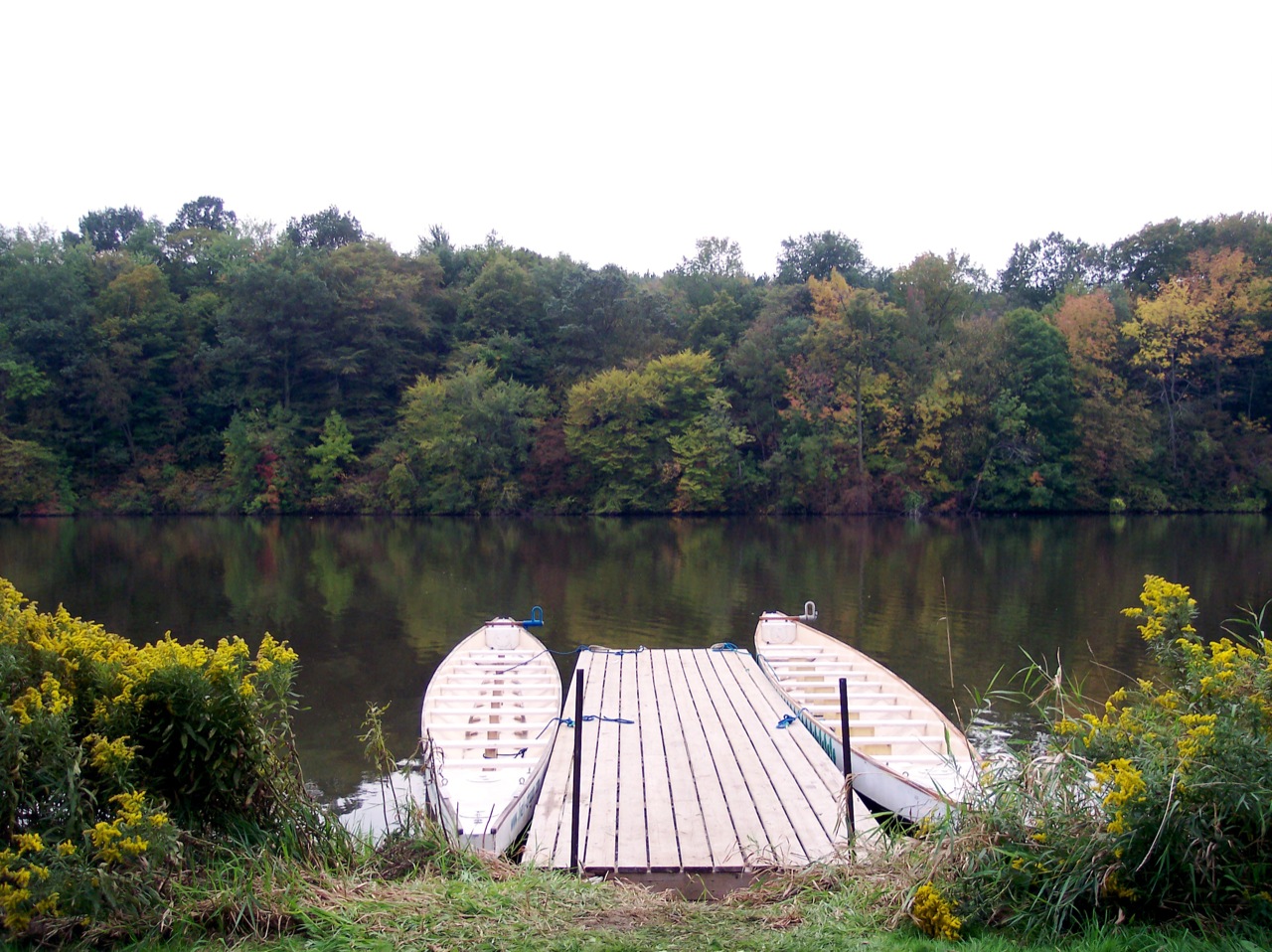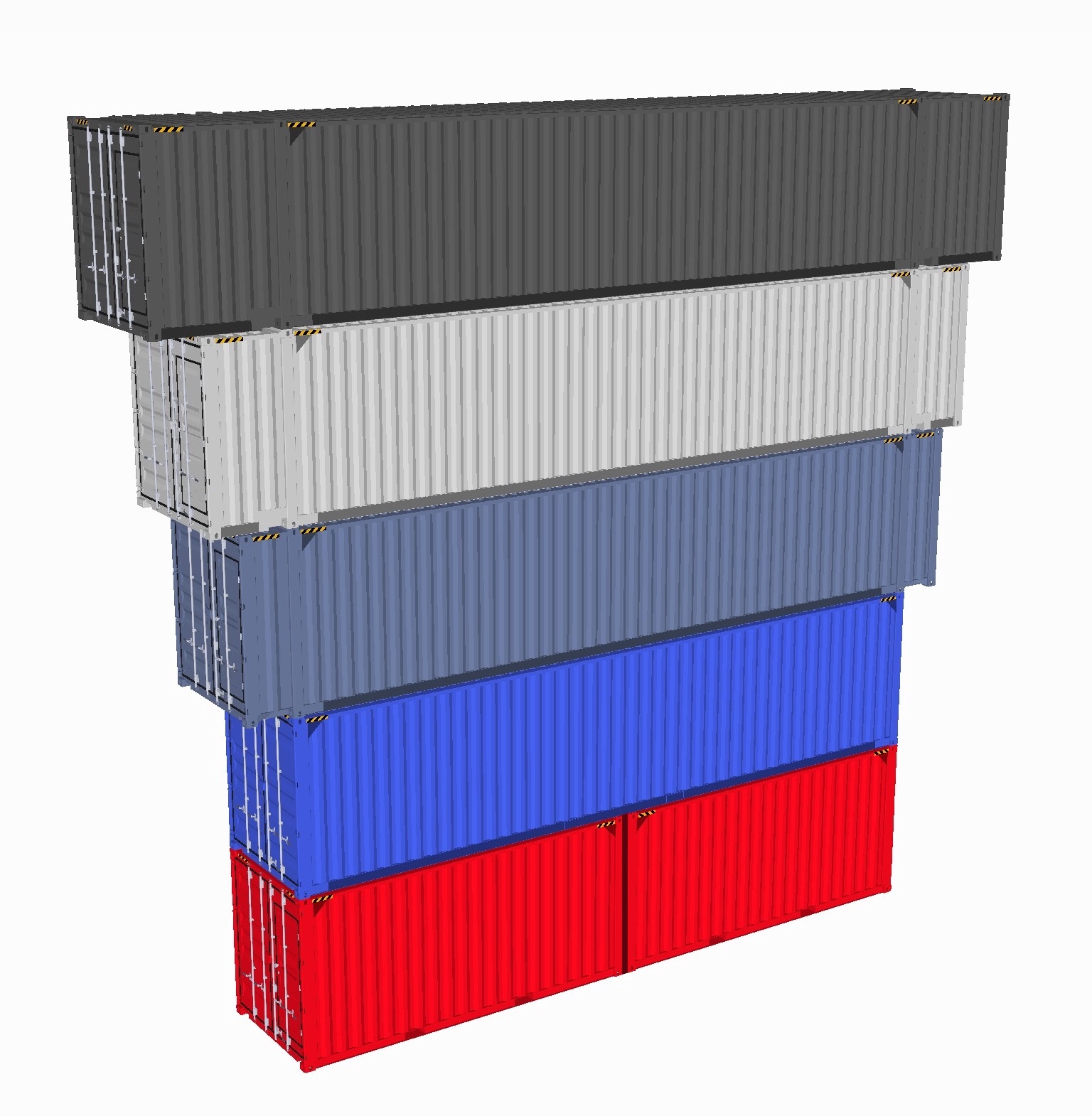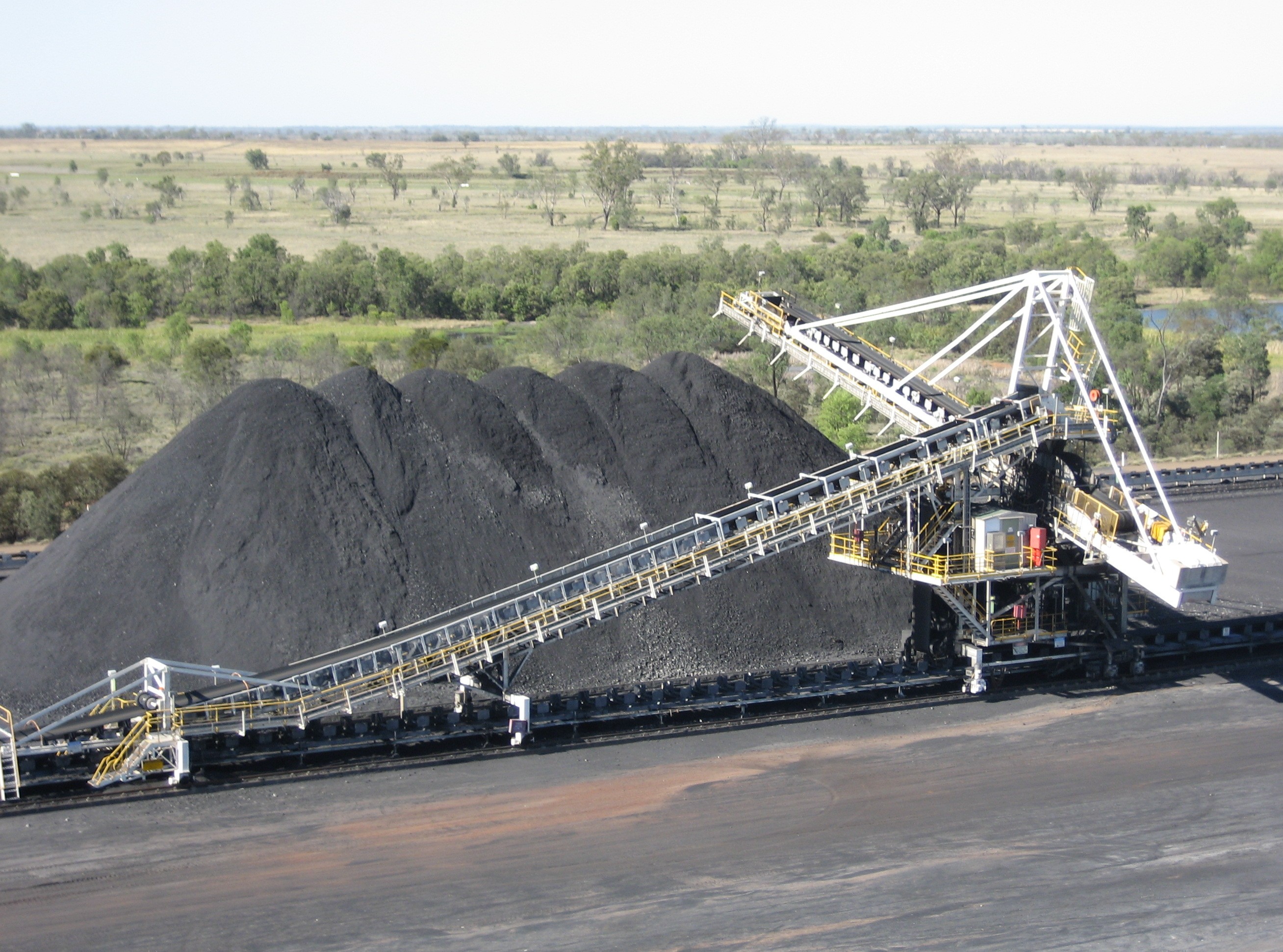|
Port Of Haydarpaşa
The Port of Haydarpaşa, also known as the Port of Haidar Pasha ( tr, Haydarpaşa Limanı) or the Port of Istanbul, is a general cargo seaport, ro-ro and container terminal, situated in Haydarpaşa, Istanbul, Turkey at the southern entrance to the Bosphorus, near Haydarpaşa Station. It is operated by the Turkish State Railways (TCDD) and serves a hinterland which includes the country's most industrialised areas. It is the largest port in Istanbul and the second biggest in the Marmara Region, after Ambarlı. With an annual cargo volume exceeding six million metric tons (MT), it is Turkey's fourth-biggest port after MersinAmbarliand Izmir. History The Anatolian Railway began construction of the port on April 20, 1899, and operated the port until the newly established Turkish Republic purchased it on May 24, 1924. On May 31, 1927, the port's administration was handed over to the Turkish State Railways (TCDD). On February 5, 1953, an extension for the Port of Haydarpaşa was star ... [...More Info...] [...Related Items...] OR: [Wikipedia] [Google] [Baidu] |
Turkey
Turkey ( tr, Türkiye ), officially the Republic of Türkiye ( tr, Türkiye Cumhuriyeti, links=no ), is a list of transcontinental countries, transcontinental country located mainly on the Anatolia, Anatolian Peninsula in Western Asia, with a East Thrace, small portion on the Balkans, Balkan Peninsula in Southeast Europe. It shares borders with the Black Sea to the north; Georgia (country), Georgia to the northeast; Armenia, Azerbaijan, and Iran to the east; Iraq to the southeast; Syria and the Mediterranean Sea to the south; the Aegean Sea to the west; and Greece and Bulgaria to the northwest. Cyprus is located off the south coast. Turkish people, Turks form the vast majority of the nation's population and Kurds are the largest minority. Ankara is Turkey's capital, while Istanbul is its list of largest cities and towns in Turkey, largest city and financial centre. One of the world's earliest permanently Settler, settled regions, present-day Turkey was home to important Neol ... [...More Info...] [...Related Items...] OR: [Wikipedia] [Google] [Baidu] |
Berth (moorings)
A berth is a designated location in a port or harbour used for mooring vessels when they are not at sea. Berths provide a vertical front which allows safe and secure mooring that can then facilitate the unloading or loading of cargo or people from vessels. Locations in a port Berth is the term used in ports and harbors for a designated location where a vessel may be moored, usually for the purposes of loading and unloading. Berths are designated by the management of a facility (e.g., port authority, harbor master). Vessels are assigned to berths by these authorities. Most berths are alongside a quay or a jetty (large ports) or a floating dock (small harbors and marinas). Berths are either general or specific to the types of vessel that use them. The size of the berths varies from for a small boat in a marina to over for the largest tankers. The rule of thumb is that the length of a berth should be roughly 10% longer than the longest vessel to be moored at the berth. Ber ... [...More Info...] [...Related Items...] OR: [Wikipedia] [Google] [Baidu] |
Ro-pax
Roll-on/roll-off (RORO or ro-ro) ships are cargo ships designed to carry wheeled cargo, such as cars, motorcycles, trucks, semi-trailer trucks, buses, trailers, and railroad cars, that are driven on and off the ship on their own wheels or using a platform vehicle, such as a self-propelled modular transporter. This is in contrast to lift-on/lift-off (LoLo) vessels, which use a crane to load and unload cargo. RORO vessels have either built-in or shore-based ramps or ferry slips that allow the cargo to be efficiently rolled on and off the vessel when in port. While smaller ferries that operate across rivers and other short distances often have built-in ramps, the term RORO is generally reserved for large oceangoing vessels. The ramps and doors may be located in the stern, bow, or sides, or any combination thereof. Description Types of RORO vessels include ferries, cruiseferries, cargo ships, barges, and RoRo service for air deliveries. New automobiles that are transported by s ... [...More Info...] [...Related Items...] OR: [Wikipedia] [Google] [Baidu] |
Twenty-foot Equivalent Unit
The twenty-foot equivalent unit (abbreviated TEU or teu) is an inexact unit of cargo capacity, often used for container ships and container ports.Rowlett, 2004. It is based on the volume of a intermodal container, a standard-sized metal box which can be easily transferred between different modes of transportation, such as ships, trains, and trucks. The container is defined by its length, although the height is not standardized and ranges between and , with the most common height being . It is common to designate a container as 2 TEU, rather than 2.25 TEU. Forty-foot equivalent unit The standard intermodal container is designated as twenty feet long (6.1m) and wide. Additionally there is a standard container with the same width but a doubled length of forty feet called a 40-foot (12.2m) container, which equals one forty-foot equivalent unit (often FEU or feu) in cargo transportation (considered to be two TEU, see below). In order to allow stacking of these types a forty-fo ... [...More Info...] [...Related Items...] OR: [Wikipedia] [Google] [Baidu] |
Reefer (container)
A refrigerated container or reefer is an intermodal container (shipping container) used in intermodal freight transport that is capable of refrigeration for the transportation of temperature-sensitive, perishable cargo such as fruits, vegetables, meat, and other similar items. While a reefer will have an integral refrigeration unit, they rely on external power, from electrical power points (“reefer points”) at a land-based site, a container ship or on quay. When being transported over the road on a trailer or over rail wagon, they can be powered from diesel powered generators ("gen sets") which attach to the container whilst on road journeys. Refrigerated containers are capable of controlling temperature ranging from up to . Some reefers are equipped with a water cooling system, which can be used if the reefer is stored below deck on a vessel without adequate ventilation to remove the heat generated. Water cooling systems are more expensive than air current ventilation ... [...More Info...] [...Related Items...] OR: [Wikipedia] [Google] [Baidu] |
Forklift
A forklift (also called lift truck, jitney, hi-lo, fork truck, fork hoist, and forklift truck) is a powered industrial truck used to lift and move materials over short distances. The forklift was developed in the early 20th century by various companies, including Clark Material Handling Company, Clark, which made Transmission (mechanics), transmissions, and Yale Materials Handling Corporation, Yale & Towne Manufacturing, which made Hoist (device), hoists. Since World War II, the use and development of the forklift truck have greatly expanded worldwide. Forklifts have become an indispensable piece of equipment in manufacturing and warehousing. In 2013, the top 20 manufacturers worldwide posted sales of $30.4 billion, with 944,405 machines sold. History The middle nineteenth century through the early 20th century saw the developments that led to today's modern forklifts. The forerunners of the modern forklift were manually-powered hoists that were used to lift loads. In 1906, th ... [...More Info...] [...Related Items...] OR: [Wikipedia] [Google] [Baidu] |
Stacker
A stacker is a large machine used in bulk material handling. Its function is to pile bulk material such as limestone, ores and cereals on to a stockpile. A reclaimer can be used to recover the material. Gold dredges in Alaska had a stacker that was a fixed part of the dredge. It carried over-size material to the tailings pile. Stackers are nominally rated for capacity in tonnes per hour (tph). They normally travel on a rail between stockpiles in the stockyard. A stacker can usually move in at least two directions: horizontally along the rail and vertically by luffing (raising and lowering) its boom. Luffing of the boom minimises dust by reducing the distance that material such as coal needs to fall to the top of the stockpile. The boom is luffed upwards as the height of the stockpile increases. Some stackers can rotate the boom. This allows a single stacker to form two stockpiles, one on either side of the conveyor. Stackers are used to stack in different patterns, su ... [...More Info...] [...Related Items...] OR: [Wikipedia] [Google] [Baidu] |
Gantry Crane
A gantry crane is a crane built atop a gantry, which is a structure used to straddle an object or workspace. They can range from enormous "full" gantry cranes, capable of lifting some of the heaviest loads in the world, to small shop cranes, used for tasks such as lifting automobile engines out of vehicles. They are also called portal cranes, the "portal" being the empty space straddled by the gantry. The terms gantry crane and overhead crane (or bridge crane) are often used interchangeably, as both types of crane straddle their workload. The distinction most often drawn between the two is that with gantry cranes, the entire structure (including gantry) is usually wheeled (often on rails). By contrast, the supporting structure of an overhead crane is fixed in location, often in the form of the walls or ceiling of a building, to which is attached a movable hoist running overhead along a rail or beam (which may itself move). Further confusing the issue is that gantry cranes may a ... [...More Info...] [...Related Items...] OR: [Wikipedia] [Google] [Baidu] |
Containerization
Containerization is a system of intermodal freight transport using intermodal containers (also called shipping containers and ISO containers). Containerization is also referred as "Container Stuffing" or "Container Loading", which is the process of unitization of cargoes in exports. Containerization is the predominant form of unitization of export cargoes, as opposed to other systems such as the barge system or palletization. The containers have standardized dimensions. They can be loaded and unloaded, stacked, transported efficiently over long distances, and transferred from one mode of transport to another—container ships, rail transport flatcars, and semi-trailer trucks—without being opened. The handling system is completely mechanized so that all handling is done with cranes and special forklift trucks. All containers are numbered and tracked using computerized systems. Containerization originated several centuries ago but was not well developed or widely applied unti ... [...More Info...] [...Related Items...] OR: [Wikipedia] [Google] [Baidu] |
Mooring (watercraft)
A mooring is any permanent structure to which a vessel may be secured. Examples include quays, wharfs, jetties, piers, anchor buoys, and mooring buoys. A ship is secured to a mooring to forestall free movement of the ship on the water. An ''anchor mooring'' fixes a vessel's position relative to a point on the bottom of a waterway without connecting the vessel to shore. As a verb, ''mooring'' refers to the act of attaching a vessel to a mooring. The term likely stems from the Dutch verb ''meren'' (to ''moor''), used in English since the end of the 15th century. Permanent anchor mooring These moorings are used instead of temporary anchors because they have considerably more holding power, for example because of lesser damage to the marine environment, and are convenient. Where there is a row of moorings they are termed a tier. They are also occasionally used to hold floating docks in place. There are several kinds of moorings: Swing moorings Swing moorings also known a ... [...More Info...] [...Related Items...] OR: [Wikipedia] [Google] [Baidu] |
Tugboat
A tugboat or tug is a marine vessel that manoeuvres other vessels by pushing or pulling them, with direct contact or a tow line. These boats typically tug ships in circumstances where they cannot or should not move under their own power, such as in crowded harbour or narrow canals, or cannot move at all, such as barges, disabled ships, log rafts, or oil platforms. Some are ocean-going, some are icebreakers or salvage tugs. Early models were powered by steam engines, long ago superseded by diesel engines. Many have deluge gun water jets, which help in firefighting, especially in harbours. Types Seagoing Seagoing tugs (deep-sea tugs or ocean tugboats) fall into four basic categories: #The standard seagoing tug with model bow that tows almost exclusively by way of a wire cable. In some rare cases, such as some USN fleet tugs, a synthetic rope hawser may be used for the tow in the belief that the line can be pulled aboard a disabled ship by the crew owing to its lightness ... [...More Info...] [...Related Items...] OR: [Wikipedia] [Google] [Baidu] |




.jpg)


